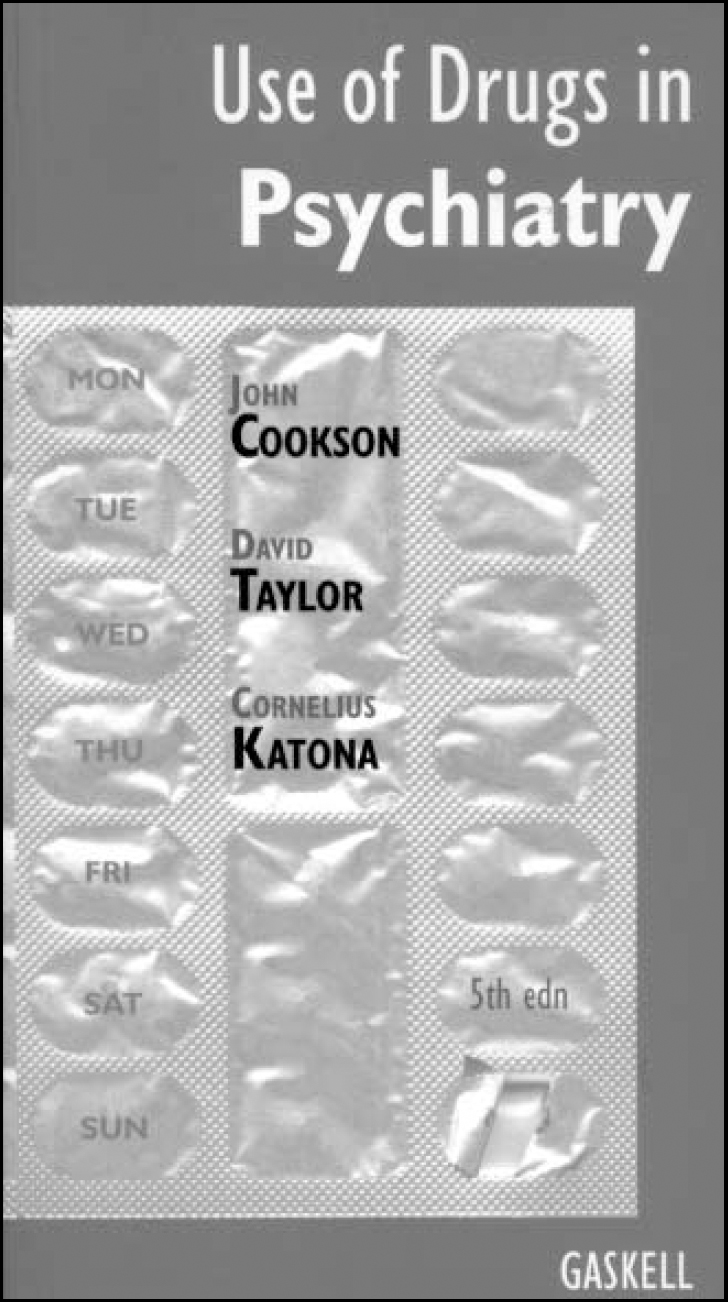
Those of us who have ‘grown up’ with earlier editions of this book, originally authored by Brian Barraclough, will welcome its 5th edition. The format is still small enough to fit into a pocket, but at over 400 pages of higher quality paper the limits of portability have almost been reached. Staggered tabs printed over the outer edge of the pages divide the book into three sections.
The first section covers general topics such as history, classification of drugs, methods of evaluation, pharmacokinetics and dynamics, principles of prescribing, cost and issues of consent. This last identifies the book as essentially English. A short summary of consent to treatment in other English-speaking countries such as the USA, Australia or even Scotland would not have come amiss, both to make the book travel better and to enlighten the English reader about principles of ethical and legal issues.
The second part covers the whole of psychiatry, including aetiology, diagnosis, general management and drug treatment. Some useful tables give risk factors for violence and the Positive and Negative Syndrome Scale (PANSS) items. Trial results are summarised consistently, using number needed to treat as a clinically intuitive effect size.
The final section gives a systematic review of psychotropic drug classes. Although generally the advice given is sound, there are some idiosyncratic opinions: for example, ‘In general the risks of continuing these drugs [chlorpromazine, etc.] during pregnancy will outweigh the risk (to the mother and the future child) of untreated psychotic illness’ (p. 300). There is an exaggerated emphasis on the separation of atypical antipsychotics from classic antipsychotics. Their chapters are pointedly separated by one on anticholinergic medication. I had always assumed that the continuing use of the term ‘atypical’ was a marketing strategy, as sulpiride, amisulpride and risperidone behave very much like classic antipsychotics if used in equivalent dose, and not like clozapine.
This book is more suitable for the bedside table than the coat pocket. The trainee will find lots of interesting and important information in one place, and the experienced clinician may like to find updates on areas outside his or her expertise.



eLetters
No eLetters have been published for this article.